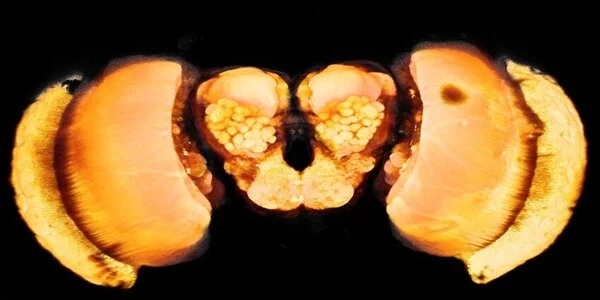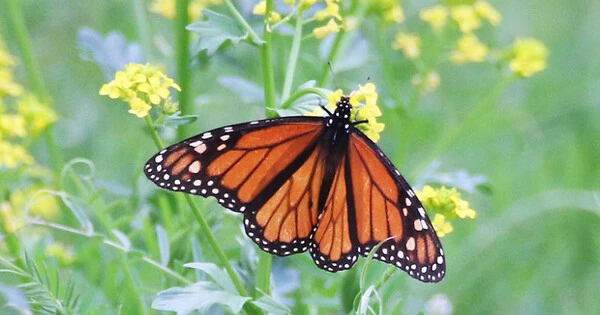Scientists at the University of Bristol discovered that habitat differences influence alterations in the neurological systems of tropical butterflies. Diverging populations are exposed to diverse sensory and spatial information during speciation across ecological gradients, posing new behavioral and perceptual problems. These difficulties may be met by heritable or environmental alterations in brain function that mediate behavior.
The researchers were able to demonstrate that habitat shifts – indicated by mimicry pattern – accurately predict changes in brain structure in a tribe of Neotropical butterflies called Ithomiini found in the Amazonian rainforests of eastern Ecuador, particularly in areas of the butterfly brain that process visual information.
This site aspires to contribute to scientific communication and knowledge about butterflies in the Amazon as part of global efforts to improve and distribute knowledge on biodiversity and the preservation of species on the planet. We expect that by doing so, we will better optimize surveys of butterfly assemblages in remote places while also increasing the number of nature and species enthusiasts.
Our findings suggest that how species evolved to process the world around them has a significant impact on how entire animal societies are formed. Natural selection can result in adaptive changes in brain structure over relatively short evolutionary time periods.
Benito Wainwright
The findings, which were reported in Evolution, provide strong evidence that these investment shifts are adaptive and that local adaptation to different light conditions can occur at extremely tiny ecological scales.
Lead author Benito Wainwright of Bristol’s School of Biological Sciences explained: “It was known that niche partitioning in complex habitats, like tropical rainforests, might pose perceptual challenges for the animals living in them.
“Work on fish in freshwater ecosystems had previously shown that dramatic changes in light availability with depth can result in impressive visual adaptations, but little was known whether evolution could select for such adaptations in a terrestrial environment like a tropical forest.”

Around 160 samples across 16 species were used making this one of the largest neuroanatomical comparisons undertaken in any insect. Scientists now want to look into sensory evolution across the entire butterfly community to see if convergence in environment predicts convergence in brain structure.
Mr. Wainwright elaborated: “In other words, we want to determine if species evolve sensory adaptations through similar mechanisms when presented with similar perceptual problems. We also want to measure the light environment in these woods to see how minor changes in forest structure alter the sensory environment.”
Their study cuts across the disciplines of evolutionary biology, ecology and neurobiology and on a broad scale highlights the importance of visual ecology in adaptively shaping entire communities of closely related species in complex terrestrial environments.
“Ithomiine butterflies play an important role in many tropical ecosystems, so knowing these evolutionary responses will allow us to develop more precise predictions about how unexpected changes in the sensory environment may impact the composition of entire rainforests,” he added.
“Our findings suggest that how species evolved to process the world around them has a significant impact on how entire animal societies are formed.” Natural selection can result in adaptive changes in brain structure over relatively short evolutionary time periods.”
















